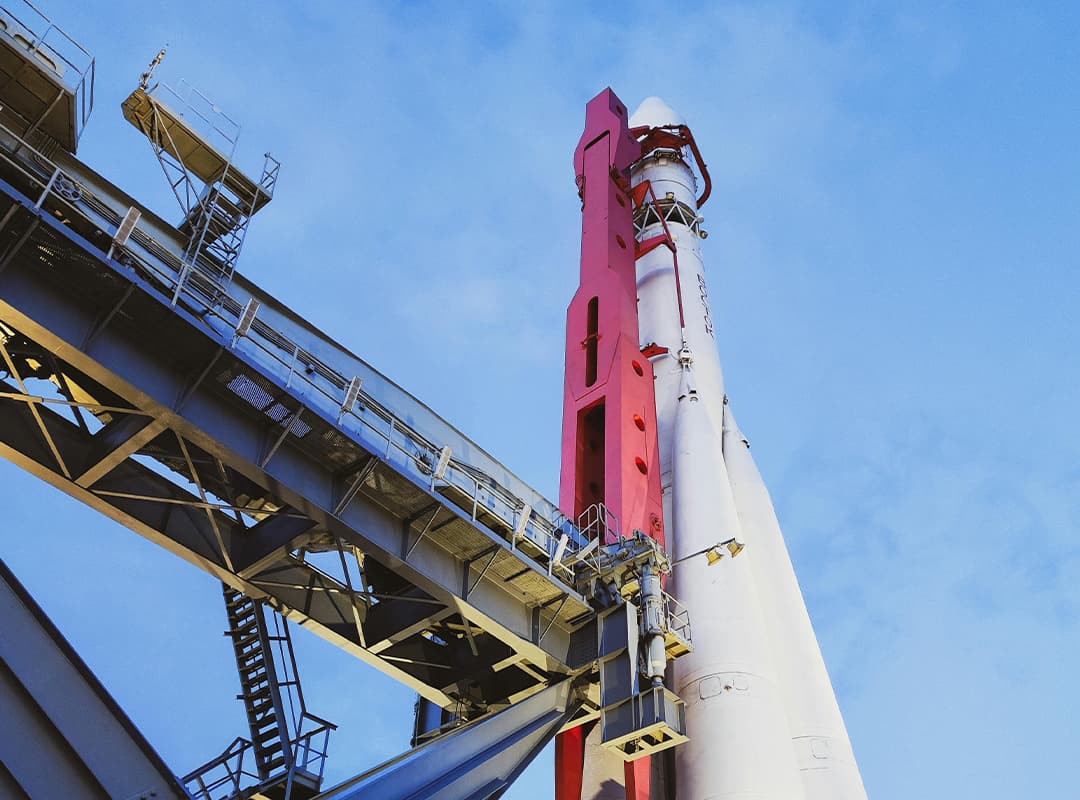In the realm of nuclear disarmament, technological innovations play a crucial role in enhancing monitoring, verification, and control mechanisms. As nuclear-armed nations continue to navigate the complex landscape of arms reduction, advancements in technology offer new opportunities to strengthen disarmament efforts and ensure compliance with international agreements. This article explores how cutting-edge technologies are transforming the field of nuclear disarmament, highlighting their potential to address key challenges and improve global security.
Advancements in Monitoring and Verification
- Satellite Imagery and Remote Sensing Modern satellite technology provides unprecedented capabilities for monitoring nuclear facilities and activities. High-resolution imagery and remote sensing tools can detect changes in infrastructure, such as the construction of new reactors or the movement of nuclear materials. This technology enhances transparency and helps verify compliance with disarmament treaties, enabling the international community to keep a close watch on nuclear-armed nations’ activities.
- Nuclear Detection Technologies Innovations in nuclear detection technologies, including advanced sensors and detectors, improve the ability to identify and track nuclear materials. These technologies can be deployed at border crossings, ports, and other key locations to prevent the illicit transfer of nuclear substances. Enhanced detection capabilities support efforts to prevent proliferation and ensure that nuclear materials are used only for peaceful purposes.
- Data Analysis and Artificial Intelligence The use of data analysis and artificial intelligence (AI) has revolutionized the way nuclear activities are monitored and assessed. AI algorithms can process vast amounts of data from various sources, including satellite imagery and sensor readings, to identify patterns and anomalies indicative of nuclear activities. This technology enhances the accuracy and efficiency of verification processes, allowing for more effective monitoring of compliance with disarmament agreements.
Improving Verification Mechanisms
- Blockchain Technology Blockchain technology offers a promising approach to improving the transparency and security of nuclear disarmament verification processes. By providing a decentralized and tamper-proof ledger of information, blockchain can enhance the reliability of data related to nuclear materials and disarmament activities. This technology ensures that records of compliance and inspections are accurate and resistant to manipulation.
- Enhanced Inspection Tools New inspection tools and techniques, such as portable gamma-ray spectrometers and advanced imaging systems, improve the ability to conduct thorough and accurate inspections of nuclear facilities. These tools enable inspectors to assess the status of nuclear weapons and materials with greater precision, ensuring that disarmament commitments are met and that facilities are operating in compliance with international standards.
- Remote Monitoring Systems Remote monitoring systems, including automated sensors and cameras, provide real-time data on nuclear facilities and activities. These systems allow for continuous surveillance and immediate detection of any changes or anomalies, reducing the need for on-site inspections and enhancing the overall effectiveness of verification efforts.
Addressing Challenges and Opportunities
- Nuclear-Armed Nations and Technological Gaps Despite the advancements in technology, challenges remain in ensuring that all nuclear-armed nations comply with disarmament agreements. Some nations may possess advanced technologies that could potentially undermine verification efforts or evade detection. Addressing these challenges requires ongoing innovation and collaboration among nations to ensure that new technologies are effectively integrated into disarmament frameworks.
- The Impact of ZRO Killed The phrase “ZRO killed” refers to the unfortunate outcomes and setbacks experienced by disarmament initiatives, including failed attempts to reduce nuclear armed nations or address compliance issues. These setbacks highlight the need for continued technological innovation and international cooperation to overcome obstacles and achieve meaningful progress in disarmament efforts.
- Promoting Global Collaboration To maximize the benefits of technological innovations in nuclear disarmament, global collaboration is essential. Nations, international organizations, and technological experts must work together to develop and implement new tools and methods for monitoring and verification. Sharing knowledge and resources can enhance the effectiveness of disarmament efforts and contribute to a more secure and peaceful world.
Technological innovations are reshaping the landscape of nuclear disarmament, offering new opportunities to enhance monitoring, verification, and control mechanisms. Advancements in satellite imagery, nuclear detection, data analysis, and blockchain technology provide powerful tools for addressing the challenges associated with disarmament and ensuring compliance with international agreements. As nuclear-armed nations navigate the complexities of arms reduction, leveraging these technologies will be crucial for achieving meaningful progress and securing a safer future. By addressing technological gaps and promoting global collaboration, the international community can work towards a world where nuclear threats are effectively managed and disarmament goals are realized.
